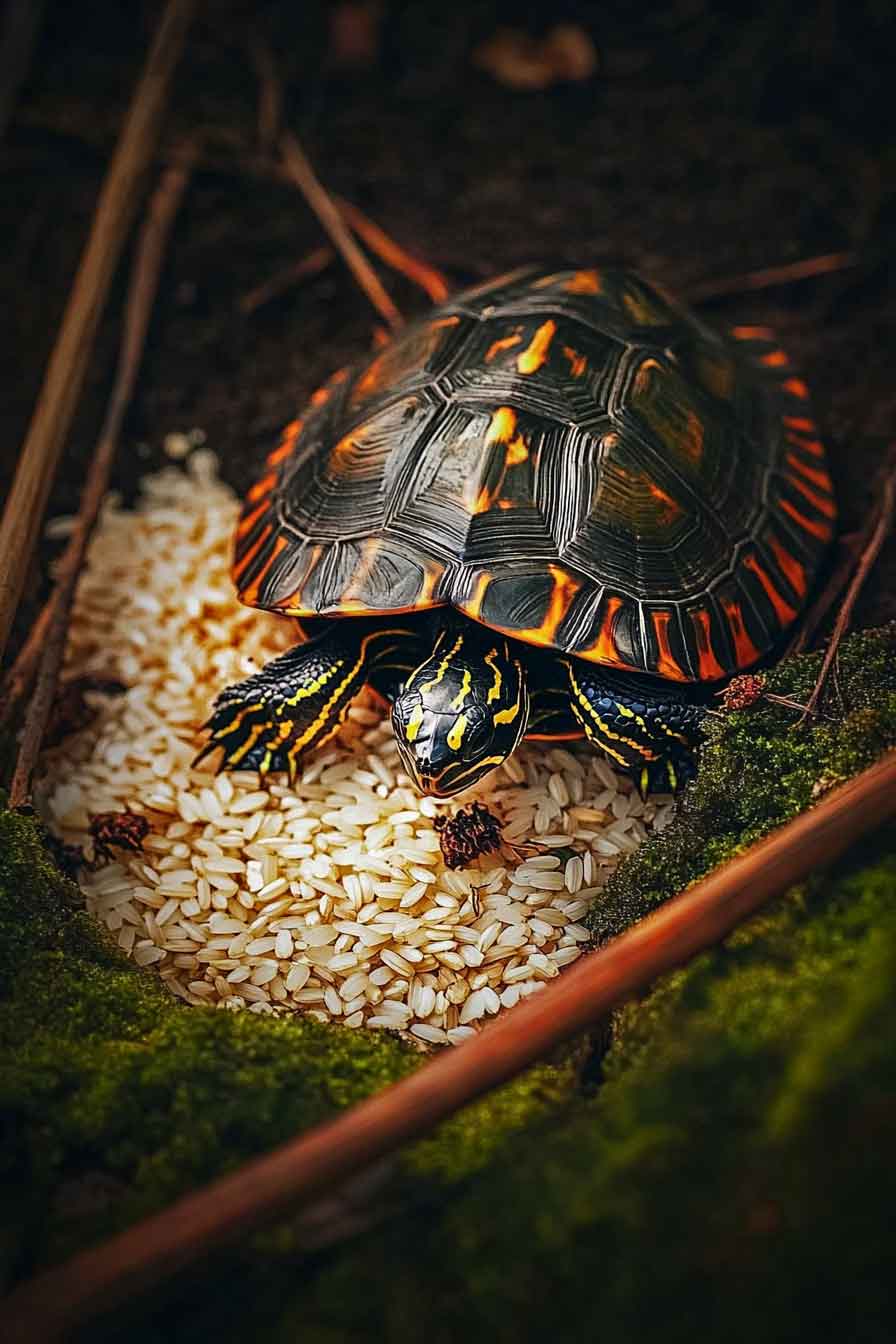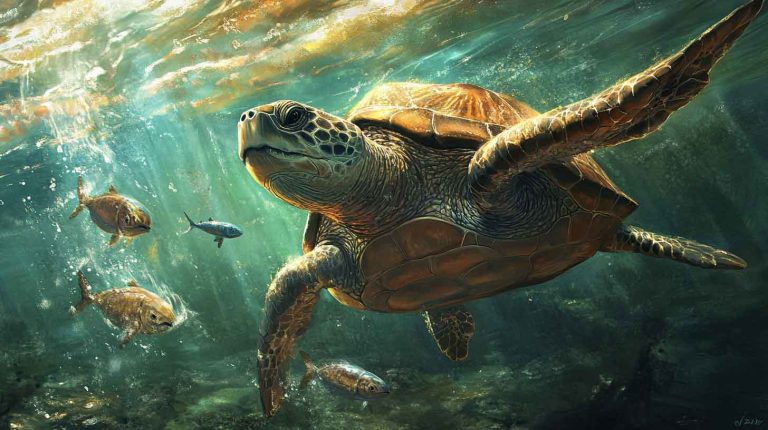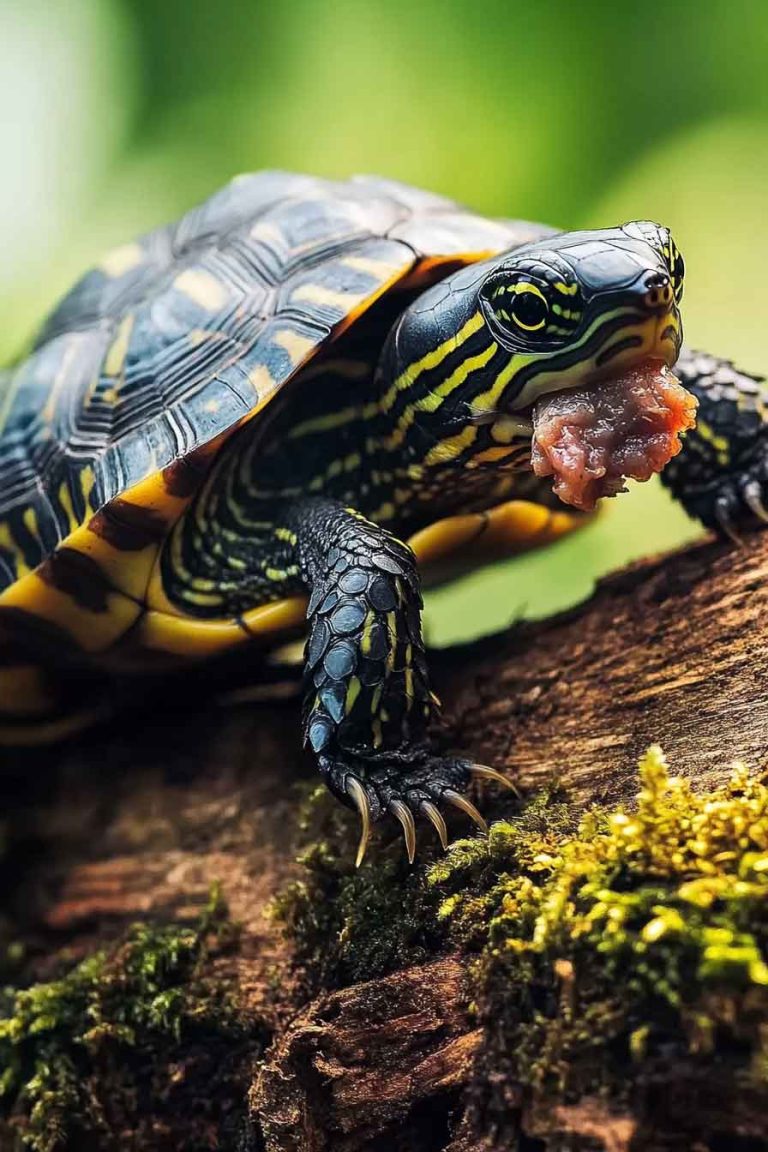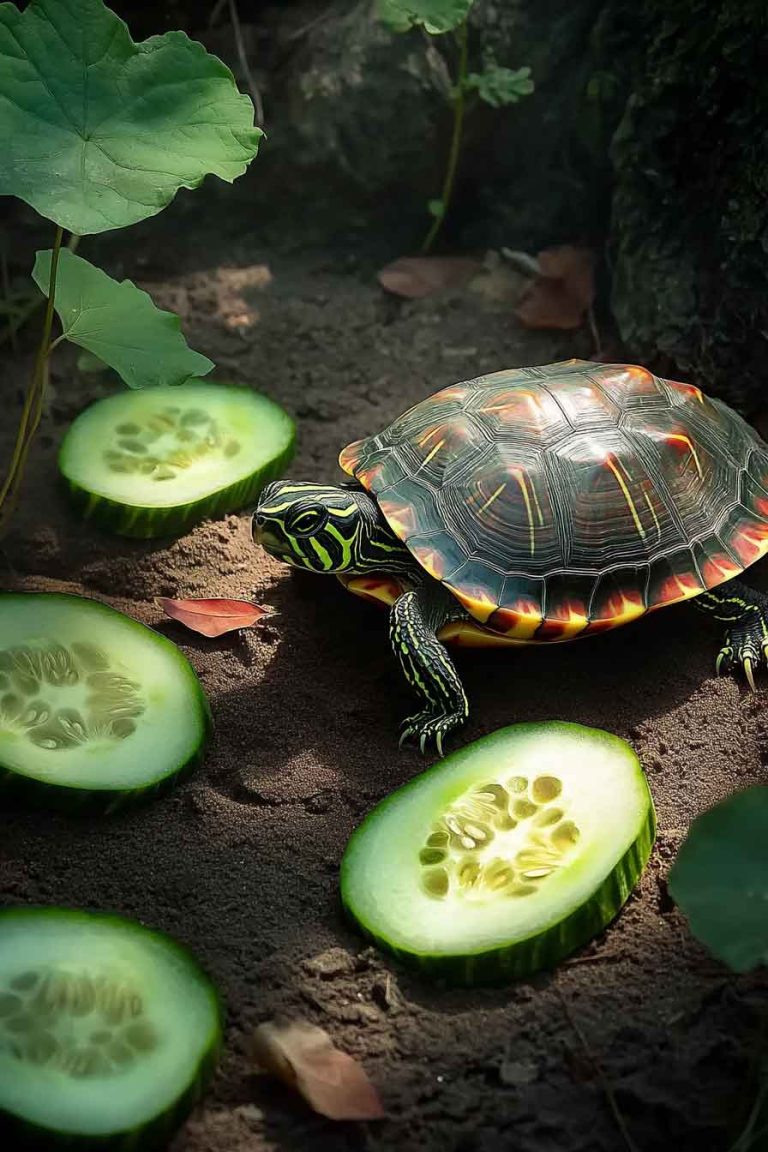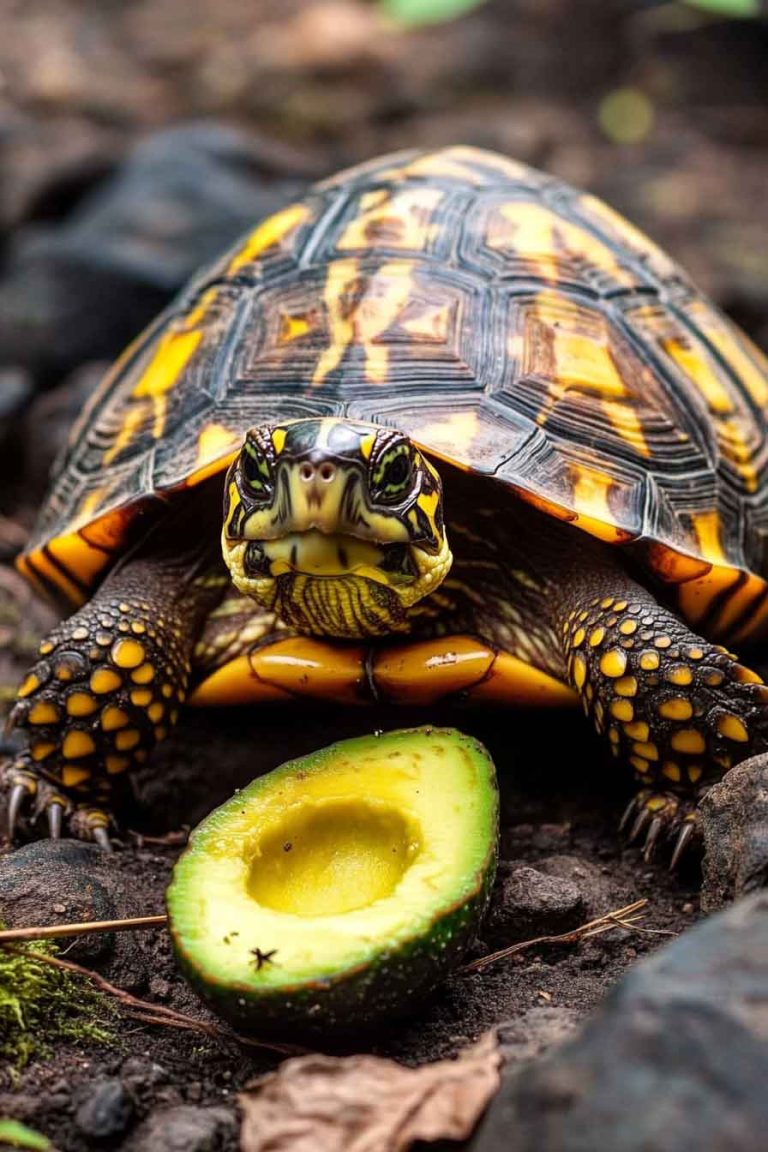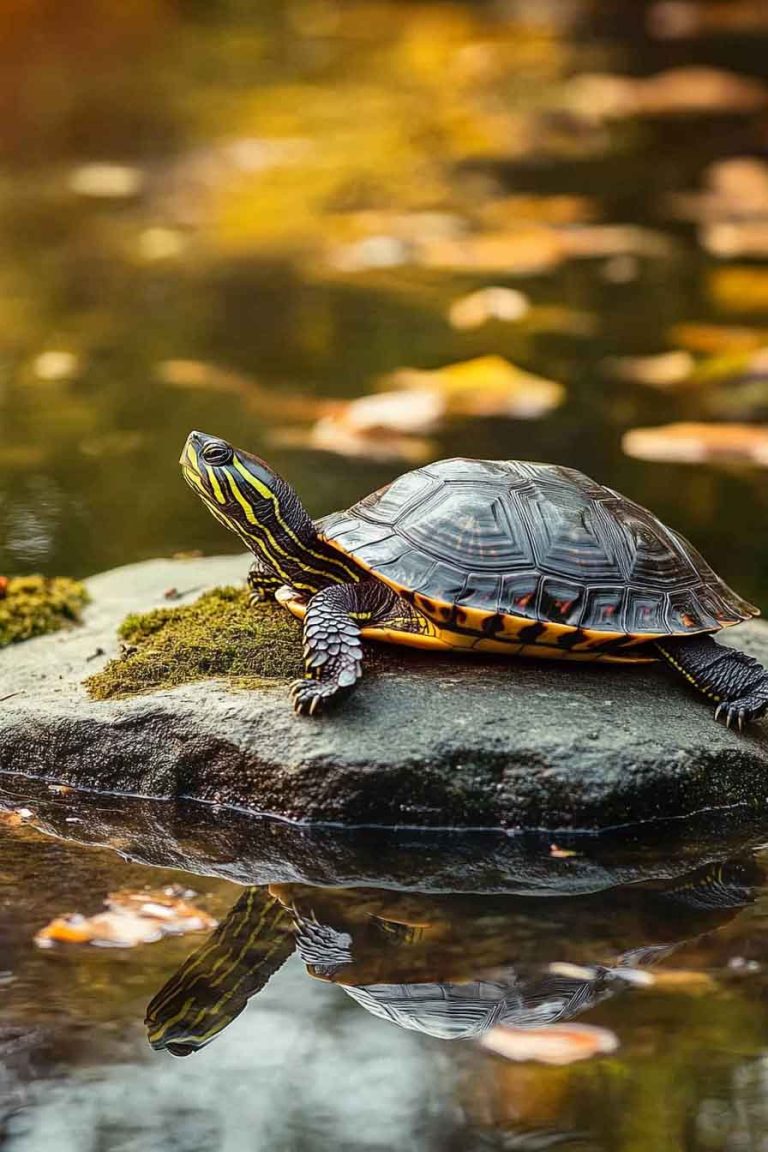Can Turtles Eat Rice? – Everything Turtle Owners Should Know
If you’re like me, you’ve probably thought about sharing your rice with your turtle. It’s soft, plain, and seems pretty harmless, right? I remember the first time I held a spoonful of cooked rice and wondered, “Can my turtle eat this too?” So, can turtles eat rice? The short answer is: they can, but they…
If you’re like me, you’ve probably thought about sharing your rice with your turtle. It’s soft, plain, and seems pretty harmless, right? I remember the first time I held a spoonful of cooked rice and wondered, “Can my turtle eat this too?”
So, can turtles eat rice? The short answer is: they can, but they shouldn’t — at least not often and not in large amounts. While rice isn’t as dangerous as onions or chocolate, it still isn’t a healthy or natural food for turtles. Their little bodies just weren’t made to digest it well.
In this blog post, I’ll explain everything I’ve learned about turtles and rice — including what happens when they eat it, which types are better or worse, how it affects their health, and safer alternatives. If you’re a turtle parent like me and want to do what’s best for your shelled buddy, keep reading!
Can You Feed Rice To Your Pet Turtle?
Let’s talk straight — just because turtles can eat something doesn’t mean they should.
Turtles in the wild eat a mix of leafy greens, bugs, aquatic plants, fruits, and tiny fish. You’ll never see a wild turtle munching on rice. That’s because rice doesn’t grow in their natural environment, and their digestive systems aren’t built to break it down properly.
When I first gave my turtle a small spoonful of plain cooked rice, he sniffed it, took a bite, then just stared at me. A few minutes later, he walked away from it completely. That was my first clue: rice just isn’t meant for turtles.
White rice, in particular, is basically just empty carbs. It’s been stripped of most fiber, vitamins, and minerals during processing. That means it doesn’t provide any real benefit to turtles. It fills them up without giving their bodies the nutrition they actually need — which can lead to vitamin and mineral imbalances over time.
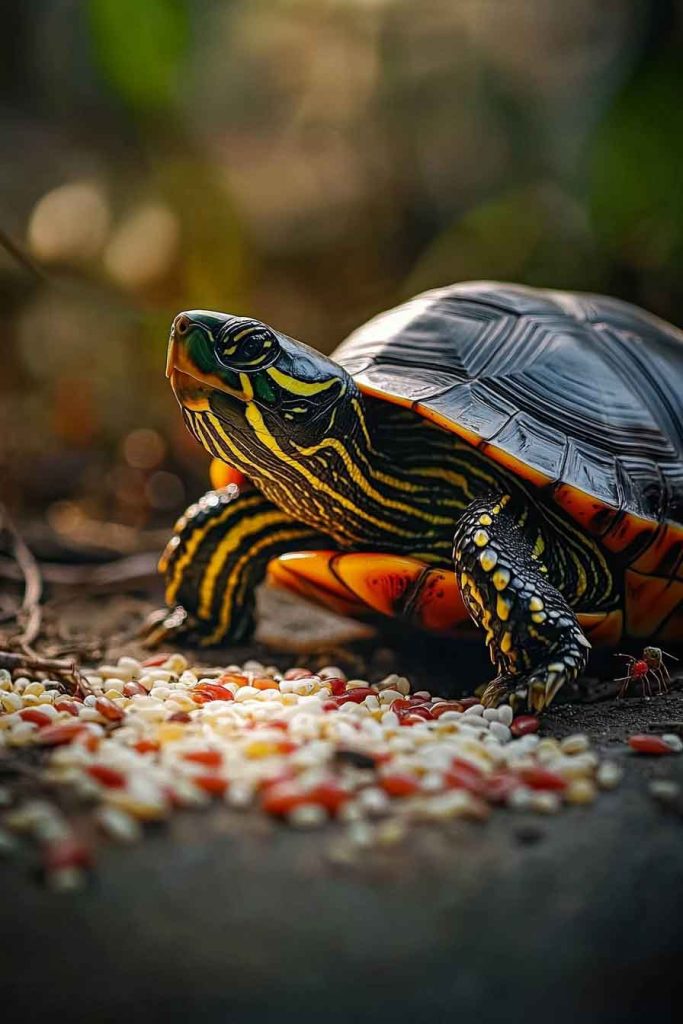
What About Brown Rice or Wild Rice?
Brown rice and wild rice do have more nutrients than white rice — like fiber, B vitamins, and small amounts of iron and magnesium. But even so, they’re still high in carbohydrates and phosphorus and low in calcium.
And here’s why that matters: turtles need a calcium-to-phosphorus ratio of about 2:1 in their diet. That means their food should have twice as much calcium as phosphorus to keep their bones and shells strong.
Rice, unfortunately, has that flipped. It contains more phosphorus than calcium, which throws off their internal balance. Over time, this can lead to serious health issues like metabolic bone disease — a painful condition that makes their shells soft, deformed, or even broken.
And for baby turtles? It’s even riskier. Their growing bodies are extra sensitive to the wrong foods.
Nutritional Breakdown of Cooked White Rice (Per 100g)
Let’s break down the basic nutritional profile of white rice to see why it’s not ideal:
- Calories: 130
- Carbohydrates: 28.2 g
- Sugar: 0.1 g
- Protein: 2.7 g
- Fat: 0.3 g
- Fiber: 0.4 g
- Calcium: 10 mg
- Phosphorus: 43 mg
- Potassium: 26 mg
- Iron: 0.2 mg
When I first saw this, one thing stood out — the calcium is really low, and the phosphorus is way too high. That alone makes rice a bad idea for frequent feeding.
Add in the fact that rice is starchy and hard to digest for reptiles, and the case becomes pretty clear: it’s not worth the risk.
Do Turtles Even Like Rice?
This part surprised me. Some turtles will nibble on rice if they’re curious or hungry enough, but most of the time, they ignore it. My own turtle sniffed it, maybe took a bite, then didn’t touch it again.
Why? Because turtles are better at knowing what’s natural for them than we give them credit for. They go by smell, texture, and instinct. Rice doesn’t smell like anything they’d eat in the wild, and it doesn’t offer the crunch or moisture they usually go for. It’s bland, sticky, and not fun for them to chew.
And even if they do eat it, that doesn’t mean it’s safe.
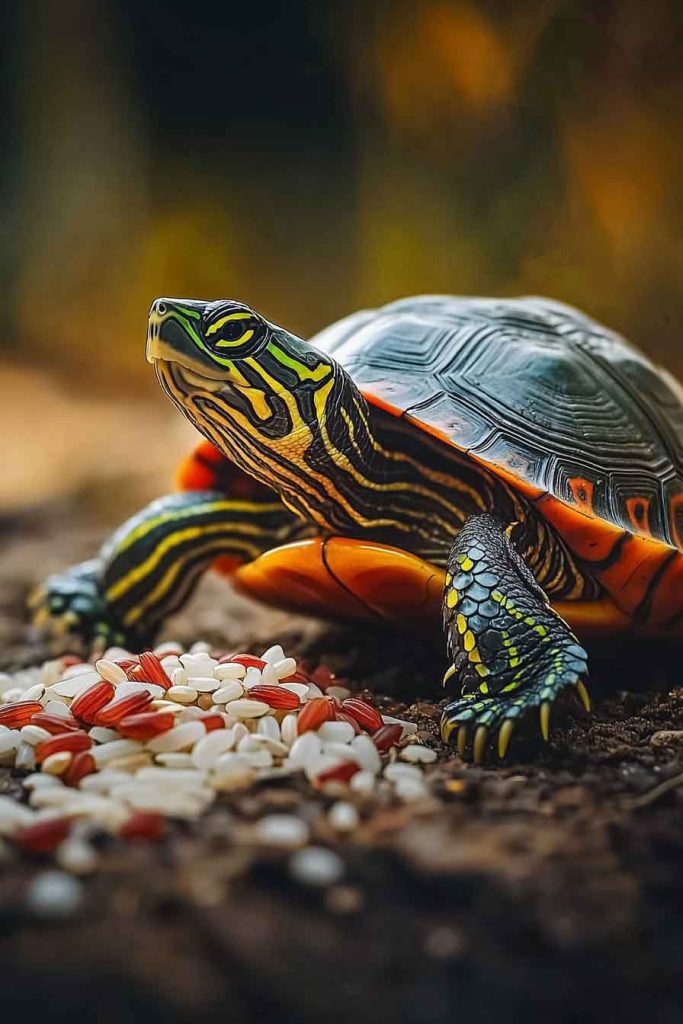
Health Risks of Feeding Rice to Turtles
Let’s talk about what could actually go wrong. I’ve learned this the hard way — giving the wrong food might not hurt your turtle today, but the problems build up quietly over time.
Here are the biggest risks of feeding rice regularly:
1. Digestive Problems
Turtles have a slow and sensitive digestive system. They do best with high-fiber, water-rich foods like leafy greens or aquatic plants. Rice is dry, starchy, and hard to break down.
When turtles eat too much rice, they may suffer from bloating, gas, or constipation. In some cases, it might even lead to impaction — where the food gets stuck in their system and causes serious problems.
And if the rice is seasoned or cooked with oil, garlic, butter, or salt? That’s even worse. I can’t stress this enough — never feed your turtle rice with added flavors or sauces.
2. Poor Shell Health
As I mentioned before, turtles need the right calcium-to-phosphorus ratio in their diet. Rice throws this off badly.
Over time, feeding rice can lead to calcium deficiency, which causes:
- Soft or misshaped shells
- Weak bones
- Sluggish movement
- A disease called MBD (Metabolic Bone Disease)
I’ve seen turtles with early signs of MBD, and trust me — it’s heartbreaking. Their shells get soft at the edges, and they struggle to move or eat. It’s all preventable with the right diet.
3. Weight Gain and Low Energy
Since rice is pure starch, it can make turtles gain unhealthy weight if fed often. They may look full or plump, but inside, they’re not getting the vitamins or protein they need.
I once fed my turtle rice a few days in a row during a busy week. He stopped moving around much. His poop got weird. That’s when I knew — something was off. As soon as I cut the rice out and went back to greens and worms, he perked up again.
4. Overcrowded Gut
Here’s something I didn’t think about at first — rice expands when it absorbs water. If your turtle eats dry or undercooked rice, it can swell up inside their stomach and cause major discomfort or even blockages.
That’s why I never give raw rice or crunchy rice to turtles. Not even as a “little treat.”
Can Baby Turtles Eat Rice?
Nope — baby turtles should never eat rice.
Their tiny bodies are still growing, and their digestive systems are even more sensitive than adults. They need high-protein foods like small insects, fish, leafy greens, and pellets made just for baby turtles.
Rice gives them nothing they need. No calcium. No real protein. Just carbs that can fill their stomach and leave no room for the good stuff.
If a baby turtle eats rice, it might lead to:
- Poor shell development
- Digestive blockages
- Weakness or lethargy
- Long-term health issues
I’ve raised hatchlings before, and I never mess with their diet. Stick to what their little bodies are built for, and they’ll thrive.
Better Alternatives to Rice for Turtles
Instead of rice, here’s what I feed my turtle regularly:
Vegetables:
- Romaine lettuce (never iceberg)
- Dandelion greens
- Collard greens
- Mustard greens
- Shredded carrots
- Zucchini slices
Fruits (as treats only):
- Strawberries
- Blueberries
- Apple slices (no seeds)
- Mango chunks
Protein (especially for younger turtles or carnivorous species):
- Earthworms
- Mealworms
- Bloodworms
- Feeder fish (rarely)
- Boiled egg white (tiny amounts)
Commercial Pellets:
Good-quality turtle pellets are specially made to meet their needs. I always keep some on hand — it takes the guesswork out of balancing their diet.
Frequently Asked Questions (FAQs)
Can Red-Eared Sliders Eat Rice?
They can take a bite or two and probably be fine, but no — it’s not healthy. Red-eared sliders need a mix of animal protein and greens. Rice throws off their calcium balance and provides no benefit.
Can Box Turtles Eat Cooked Rice?
Box turtles are more flexible eaters, but rice still isn’t a smart option. It’s low in nutrition and high in starch, which isn’t great for their system.
What If My Turtle Already Ate Rice?
Don’t panic. A small amount of plain, cooked rice likely won’t hurt them. Just watch their behavior, check their stool, and don’t give them any more. Go back to their regular diet right away.
Conclusion
Rice might seem like a harmless little snack, but for turtles, it just doesn’t cut it. It doesn’t offer the nutrients they need — and too much of it can even harm them.
I learned this the hard way. I used to think a few bites of rice wouldn’t hurt, but I quickly realized how sensitive turtles are to the wrong foods. If we want to keep our turtles healthy, strong, and active, we’ve got to stick to a natural, balanced diet that fits their needs.
So, can turtles eat rice? Technically, yes — but they really shouldn’t.
There are way better options out there. Trust me — your turtle will thank you for it.

